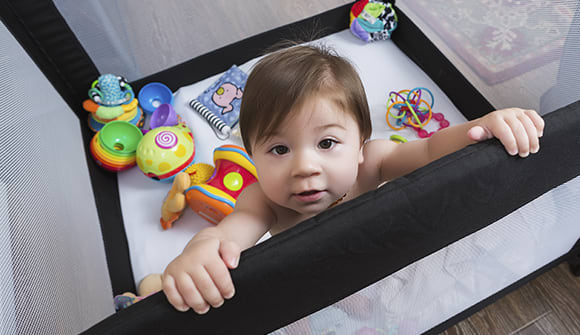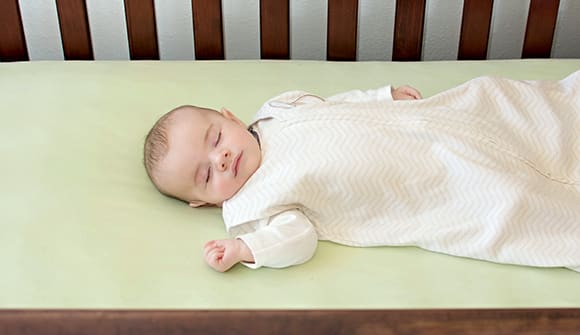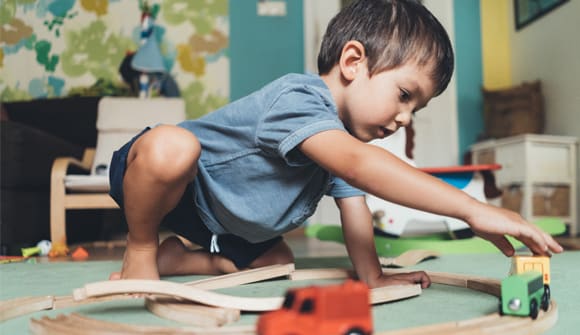Play is more than just fun
How to choose the best toys for your baby's development.
Article Date:

When it comes to babies and toys, most of us don’t put a lot of thought into what we offer our little ones other than whether they’re a fun distraction and safe. But toys can be much more than diversionary items that you find yourself cleaning up off the floor every day. Children under a year old are going through a period of rapid physical and cognitive growth, so giving them age-appropriate toys promotes the development of motor skills, vision and eye/hand coordination that build the foundation for higher level tasks down the road such as feeding, dressing and writing.
“The value of providing toys to babies is so much greater than giving them something for entertainment,” said Karen Reckamp, OTR/L, ATP, a pediatric occupational therapist and clinical educator for Wolfson Children’s Rehabilitation. “The right toy not only promotes fine motor development and motor control, but it can help a baby organize his or her ability to process sight, sound, taste, touch and smell, and how these senses relate to the world around them.”
For newborns to those about a year old, lightweight, easy-to grasp toys that make sounds or are visually appealing with lights or bright colors are best. In addition, toys that teach cause and effect, such as music playing or something popping up when a button is pushed, help to develop social, cognitive and communication skills.
Just as important as choosing the right toys is making sure you don’t introduce too many at the same time. The goal isn’t to overstimulate baby but to focus on one thing at a time.
“If you offer too many toys, it can be overwhelming and it takes away from baby’s ability to focus and explore an item,” said Reckamp.
Top skills that toys can help sharpen by 12 months are:
- Reaching across the body (crossing the midline) – promotes motor and cognitive skills by training the right and left sides of the brain to effectively communicate
- Transference of toys between hands – develops eye/hand coordination and midline orientation
- Object permanence – teaches the child that a dropped toy is only out of sight, not lost; also important for learning to separate from a caregiver by understanding that when she leaves the room, she is not gone forever
- Visual tracking (following objects with the eyes) – develops necessary visual skills for accurate reach and grasp
- Tactile input – touching various textures provides sensory feedback for valuable learning about the shape, size, and texture of objects



